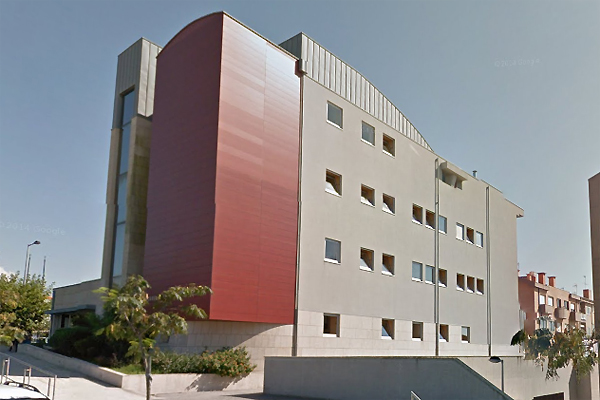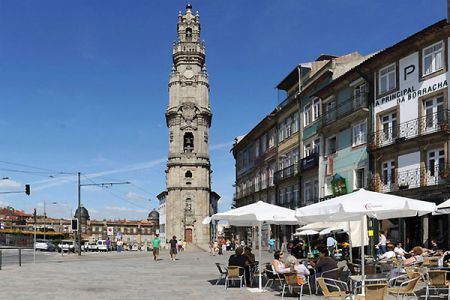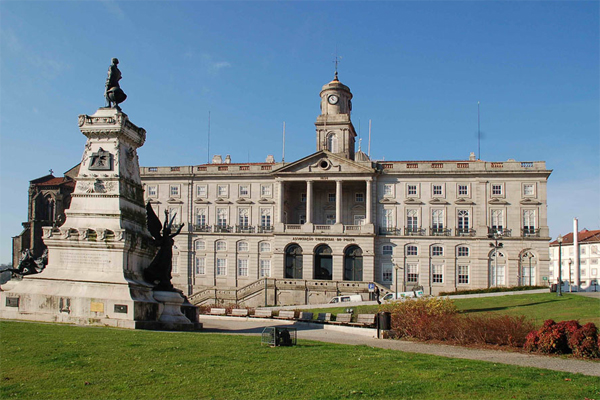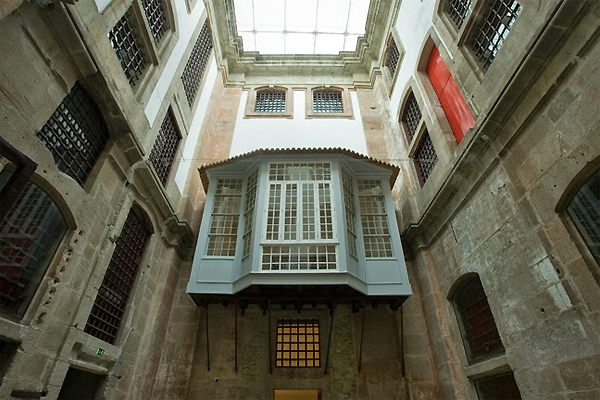The city of Espinho has to offer, besides its beautiful beaches, full of light and color, many other attractions: it has the oldest Golf Course of the Iberian Peninsula, an Aerodrome, Casino, Multipurpose Ship, Tennis Complex, Horse Riding, Swimming Pools , Multimedia Center, Art and Culture Forum, integrating the Municipal Museum, High Quality Hotels, Youth Hostel, Camping, the largest Weekly Country Fair in Portugal and a Thalassotherapy Marine Spa, unique in Portugal.
In the cultural context, several activities carried out throughout the year are a reason for attracting nationals and foreigners, such as the Animation Film Festival, the International Music Festival, the Ethnographic Parades, the Folklore Festival, the different Cultural Events and Sports, among countless others.
Places to visit
Lagoa de Paramos - Bird Watching
Located south of the Municipality of Paramos, it is an ecological, landscape and recreational area of great ornithological and plant diversity. It should be noted that some of the existing species are listed in the "Directives of the Council of the European Communities on the conservation of wild birds".
St. Peter's Chapel
Inaugurated in 1942, every year on June 29, the fishing village celebrates its Patron and Patron with a procession that runs through the main arteries of the city coming out of the Chapel.
Matrix of Espinho
Dedicated to Nossa Senhora da Ajuda, its project is due to the architect Adães Bermudes, in the last years of the 20th century of the 20th century. It follows the Neo-Romantic type of the second half of the 19th century, which continued in Portugal.
Old Factory of Canned Brandão Gomes - FACE
The magnificent building, with architectural characteristics of great beauty, still resists the time, being now completely recovered and to the full service of the culture of the city. The FACE- current Forum of Art and Culture of Espinho.
Multimeios Center
The Multimeios Center is an infrastructure that includes a planetarium, an auditorium that also functions as a movie theater, a gallery, an astronomical observatory, a cafeteria and several rooms to support the events that take place there.
Swimming pool
Work of the architects Eduardo Martins and Manuel Passos, the Atlantic Solar Swimming Pool, was inaugurated on June 10, 1943.
Casino
Open all year round, it is the meeting point of people from various venues, attracted by its international shows, renowned restaurant, conference room, art gallery and games rooms

 Lagoa de Paramos
Lagoa de Paramos  S.Pedro Chapel
S.Pedro Chapel
 Castro de Ovil
Castro de Ovil  Music Academy of Espinho
Music Academy of Espinho  Torre dos Clérigos
Torre dos Clérigos  Palace of the Stock Exchange
Palace of the Stock Exchange
 Cathedral of Porto
Cathedral of Porto  Ancient Chain of Relation
Ancient Chain of Relation  Tomb of the Princess Santa Joana
Tomb of the Princess Santa Joana  Church Misericordia of Aveiro
Church Misericordia of Aveiro
 S.Jacinto Nature Reserve
S.Jacinto Nature Reserve  Maritime Museum of Ílhavo
Maritime Museum of Ílhavo